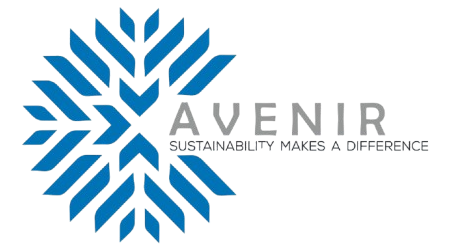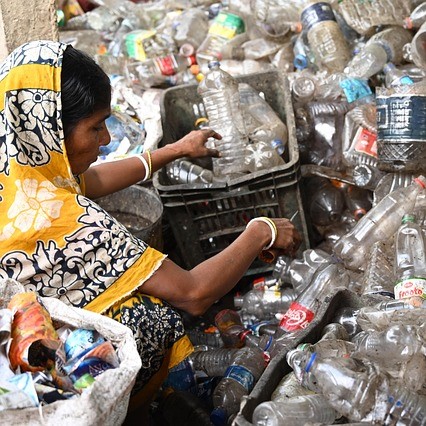Industrial waste is often seen as a problem—a costly byproduct of production that must be discarded safely. However, modern waste management practices reveal a different story: industrial waste can be a valuable resource when managed thoughtfully. Understanding the lifecycle of industrial waste highlights how companies can transform what was once a liability into an asset, supporting sustainability goals while generating economic benefits.
Stage 1: Generation and Segregation at the Source
The lifecycle begins right on the factory floor where waste is generated. Proper segregation of waste streams—hazardous vs. non-hazardous, recyclable vs. non-recyclable—is critical. Early separation ensures that materials are easier to process and recycle, reducing contamination and improving recovery rates.
Stage 2: Collection and Transportation
Once segregated, industrial waste is collected and transported by certified waste management providers to specialized treatment or recycling facilities. Safe and compliant handling during transportation is essential to prevent environmental hazards and ensure traceability.
Stage 3: Sorting and Pre-Treatment
At the processing facility, waste is sorted further using mechanical, manual, or automated systems. This stage separates valuable materials such as metals, plastics, and paper from non-recyclable waste. Pre-treatment methods like shredding, washing, or chemical neutralization prepare the waste for efficient recycling or disposal.
Stage 4: Recycling and Recovery
The core value of industrial waste emerges during recycling and recovery processes. Metals are melted and repurposed, plastics are reprocessed into pellets for manufacturing, and organic waste may be converted into compost or bioenergy. Even hazardous waste can be treated to neutralize harmful components, allowing safer disposal or reuse.
Stage 5: Disposal of Residual Waste
Despite best efforts, some residual waste remains after recycling and treatment. Responsible disposal methods such as landfilling in engineered sites or incineration with energy recovery ensure minimal environmental impact.
Conclusion
Despite best efforts, some residual waste remains after recycling and treatment. Responsible disposal methods such as landfilling in engineered sites or incineration with energy recovery ensure minimal environmental impact.

